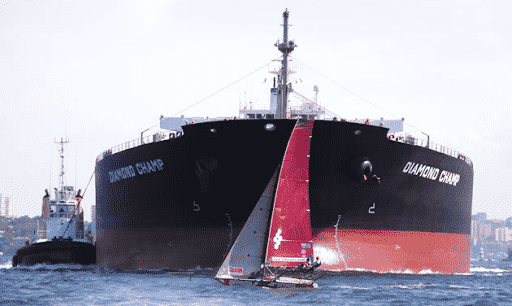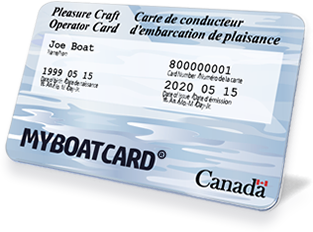Operating near large vessels
 According to the Canadian Collision Regulations, any vessel not under command (NUC), or vessel restricted in its ability to manoeuvre (RAM) – including fishing vessels, sailboats, paddle craft, canoes, and kayaks – has the right of way over power-driven vessels unless it is overtaking the power-driven vessel.
According to the Canadian Collision Regulations, any vessel not under command (NUC), or vessel restricted in its ability to manoeuvre (RAM) – including fishing vessels, sailboats, paddle craft, canoes, and kayaks – has the right of way over power-driven vessels unless it is overtaking the power-driven vessel.
Thus, a vessel towing a barge or a vessel that is fishing (with its gear out) is restricted in its ability to maneuver and therefore has right of way over vessels under power; sailboats; and human-powered craft.
Vessel Right Of Way Hierarchy
- Vessel Not Under Command (NUC), not making way (i.e. a vessel engaged in a diving operations, or a vessel with a mechanical problem);
- Vessel restricted in her ability to manoeuvre (the nature of her work restricts her ability to move) i.e. a vessel towing or pushing a barge;
- Vessel engaged in fishing (with trawls or nets);
- Sailing vessels; and
- Power vessel.
As shown in the hierarchy above, power vessels must stay clear of ALL other vessels.
Always keep clear of large vessels such as commercial vessels and vessels displaying NUC and RAM lights or shapes. These larger vessels take a long time to adjust course and speed. Respect their space, give them a wide berth and do not create another crossing situation.

